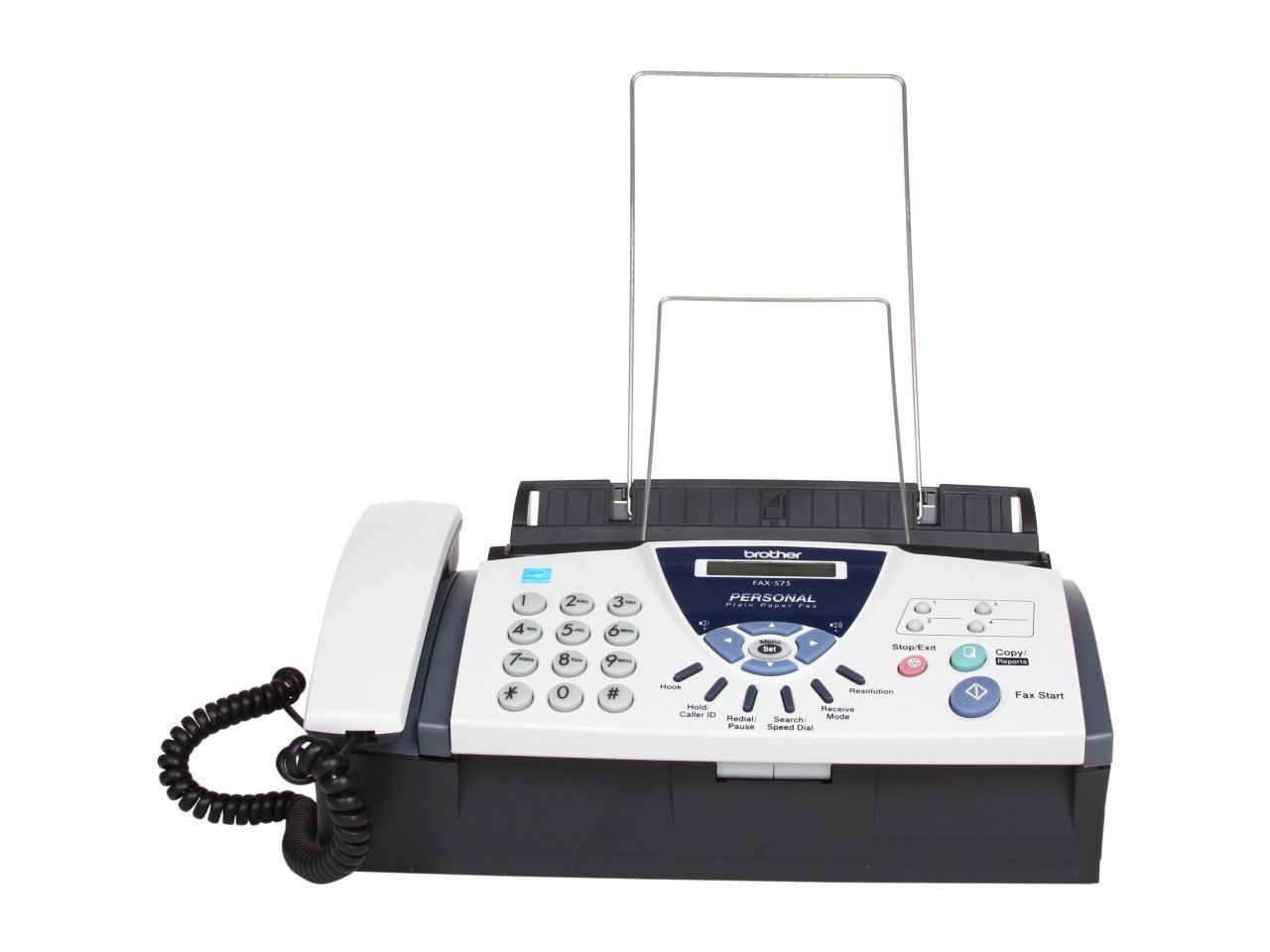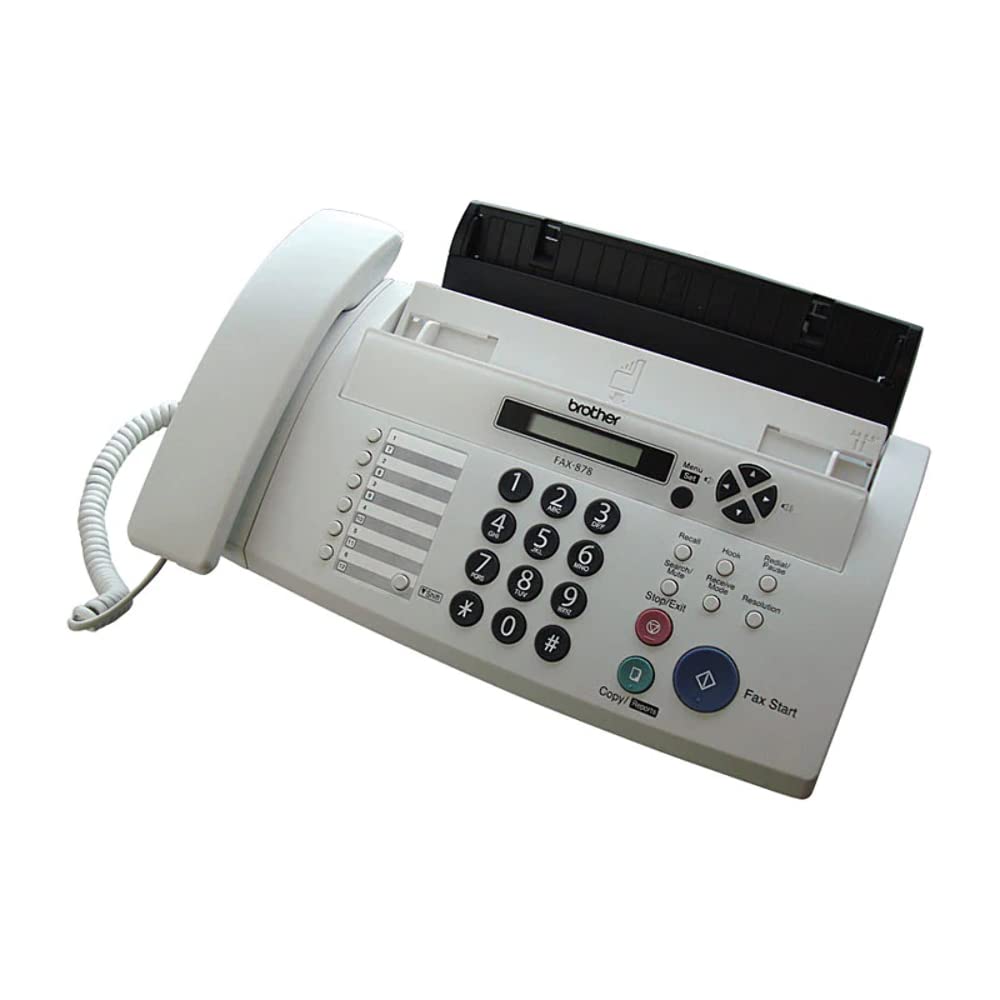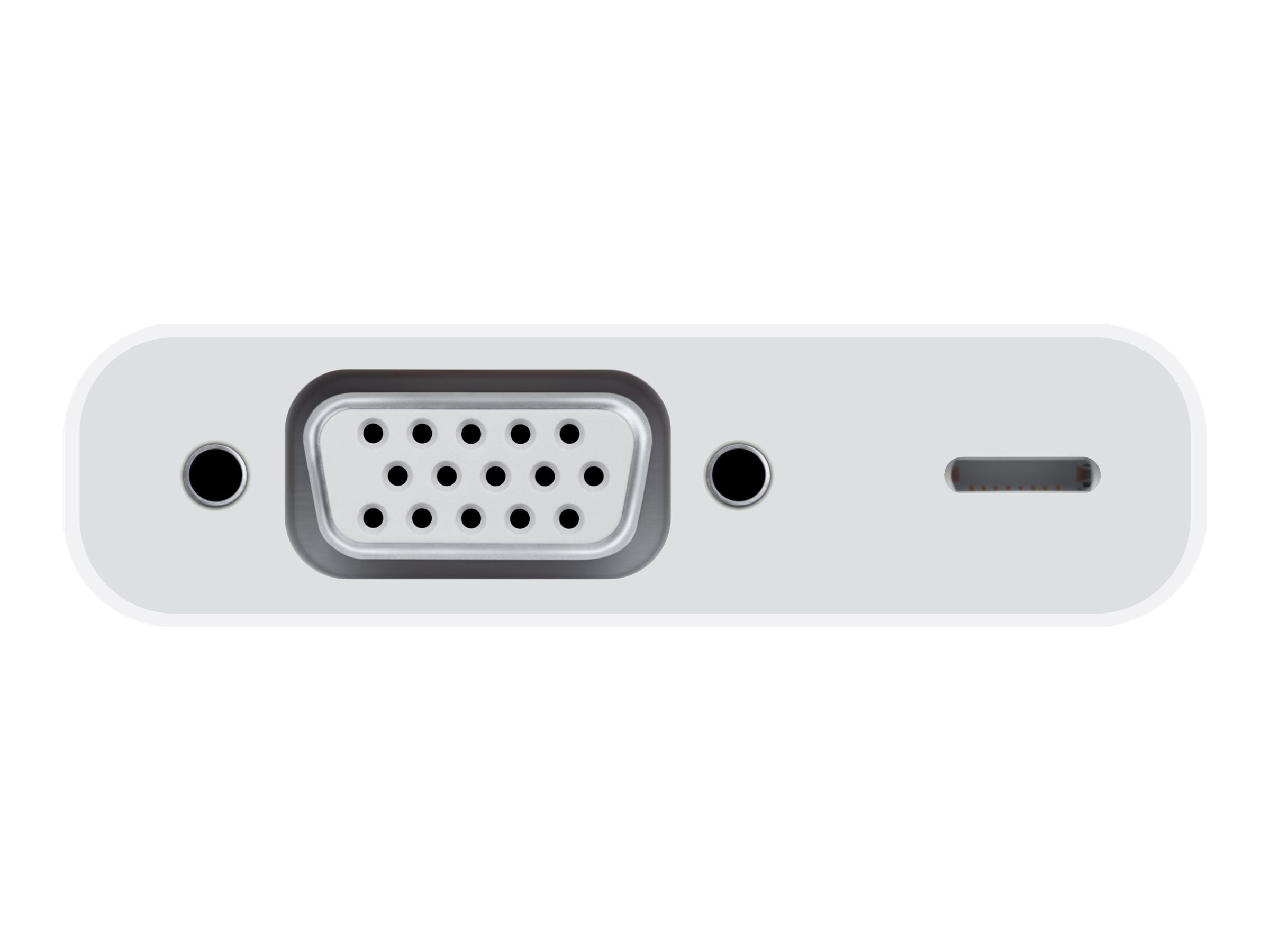How to use a fax machine? Fax machines have been a reliable means of communication for several decades. While advances in technology have introduced alternative methods of data transfer, fax machines remain in use across various industries. Whether you are new to using a fax machine or need a refresher, this step-by-step guide will walk you through the process of sending and receiving faxes. By following these instructions, you can effectively utilize a fax machine to transmit important documents and information.

Setting Up the Fax Machine:
- Placement: Find a suitable location for the fax machine near a power outlet and a telephone line. Ensure there is ample space to access the machine and load paper.
- Power Connection: Connect the fax machine to a power outlet using the provided power cord or an appropriate power adapter.
- Telephone Line Connection: Connect one end of a telephone cord to the fax machine’s LINE or PHONE port and the other end to the telephone wall jack.
- Paper Loading: Open the fax machine’s paper tray and load blank, letter-sized paper. Adjust the paper guides to fit the size of the paper and ensure it is aligned correctly.
Sending a Fax:
- Prepare the Document: Place the document you wish to send face down on the fax machine’s document feeder or directly on the glass scanning surface, depending on the machine’s design.
- Dial the Recipient’s Fax Number: On the fax machine’s keypad, enter the recipient’s fax number using the appropriate buttons. Include any necessary prefixes or area codes, followed by a pause or the pound (#) key.
- Optional: Include a Cover Page: If desired, prepare a cover page with a brief message, recipient details, and your contact information. Place the cover page on top of the document before sending.
- Send the Fax: Press the “Send” or “Start” button on the fax machine to initiate the transmission. The fax machine will dial the recipient’s fax number and begin sending the document.
- Confirm Transmission: Some fax machines may provide a summary or confirmation page after the fax has been successfully sent. Verify that the transmission was completed without any errors.

Receiving a Fax:
- Automatic Reception: Most fax machines are set to receive faxes automatically. When a fax is received, the machine will answer the call and begin printing the incoming document.
- Manual Reception: If your fax machine does not automatically receive faxes, switch it to manual reception mode by pressing the appropriate button or selecting the corresponding option in the machine’s settings. When the fax line rings, manually answer the call by pressing the “Start” button.
- Paper Handling: Ensure that there is sufficient paper in the machine’s paper tray to receive the incoming fax. The machine will typically feed and print the received fax automatically.
- Confirm Reception: After the fax has been received and printed, review the document to ensure it is complete and legible. Check for any error messages or notifications on the fax machine’s display.
Troubleshooting:
- Poor Line Quality: If you encounter issues with fax quality or transmission, check the telephone line connection. Ensure there are no loose or damaged cables and consider using a different telephone jack.
- Paper Jams: If the fax machine experiences a paper jam, follow the manufacturer’s instructions to clear the jammed paper carefully. This typically involves opening the paper tray or the machine’s back panel and removing any stuck paper.
- Error Messages: Pay attention to any error messages or notifications displayed on the fax machine. Consult the machine’s user manual or contact technical support for assistance in resolving specific errors.
Maintenance and Security:
- Cleaning: Clean the scanner glass and document feeder regularly using a lint-free cloth and a mild cleaner. This helps ensure clear scanning and prevents debris from affecting the quality of transmitted or received faxes.
- Security Measures: If privacy and security are concerns, consider enabling features such as secure faxing or storing faxes in password-protected memory. Consult the machine’s user manual for instructions on setting up security features.

The role of fax machine
In an era dominated by digital communication, fax machines continue to play a crucial role in facilitating secure and reliable document exchange. Despite the rise of email, cloud storage, and instant messaging, fax machines provide a tangible and traceable method of transmitting information.
Secure and Reliable Document Transmission:
- Unchanged Integrity: Unlike email or electronic file transfer, a faxed document remains in its original form, unaffected by potential issues like file corruption or alteration during transmission.
- Direct Transmission: Fax machines offer a direct point-to-point connection between the sender and receiver, eliminating potential delays or complications caused by network congestion or technological hiccups associated with electronic communication.
- Proof of Transmission: Fax machines provide tangible proof of transmission, with physical copies or digital confirmation pages indicating successful delivery. This is particularly important in legal, financial, or compliance-related documentation.
Applications in Various Industries:
- Healthcare: Fax machines play a vital role in the healthcare industry, facilitating the secure transmission of patient medical records, prescriptions, lab results, and insurance claims. They adhere to strict regulations surrounding patient confidentiality, while also ensuring record-keeping compliance.
- Legal and Financial Institutions: Fax machines are widely used in legal and financial institutions where maintaining a trail of documented communication is crucial. Contracts, legal documents, purchase orders, and financial statements can be securely transmitted via fax.
- Government and Public Sector: Government agencies utilize fax machines for various purposes, including issuing permits, processing government forms, and securely transmitting sensitive information. The traceability provided by fax machines helps maintain accountability in these contexts.
- Small Businesses: Many small businesses, particularly those without extensive digital infrastructure, rely on fax machines for their day-to-day operations. Faxing enables the exchange of invoices, purchase orders, contracts, and other essential documents with clients, suppliers, and partners.

Legal Compliance and Signatures:
- Signature Verification: Fax machines allow for the transmission of documents with original signatures, enabling the verification of legally binding agreements or contracts.
- E-Signatureed Documents: The rise of electronic signature services has bridged the gap between paper and digital documentation. Fax machines facilitate the exchange of electronically signed documents, providing an alternative to physically signed papers.
- Regulations and Admissibility: In some jurisdictions, faxed documents are recognized as official and legally admissible evidence. Fax machines help maintain compliance and ensure the integrity and traceability of transmitted documents.
Conclusion:
Using a fax machine may seem complex at first, but with the help of this step-by-step guide, you can send and receive faxes effectively. By setting up the fax machine correctly, preparing the necessary documents, and following the procedures for sending and receiving faxes, you can harness the power of this traditional communication method. Remember to troubleshoot any issues, perform maintenance tasks, and consider security measures to ensure reliable and secure fax communication.








